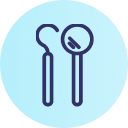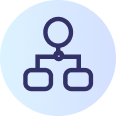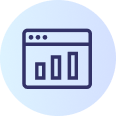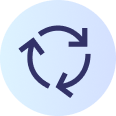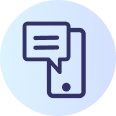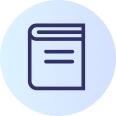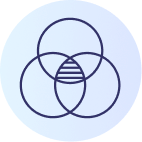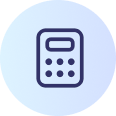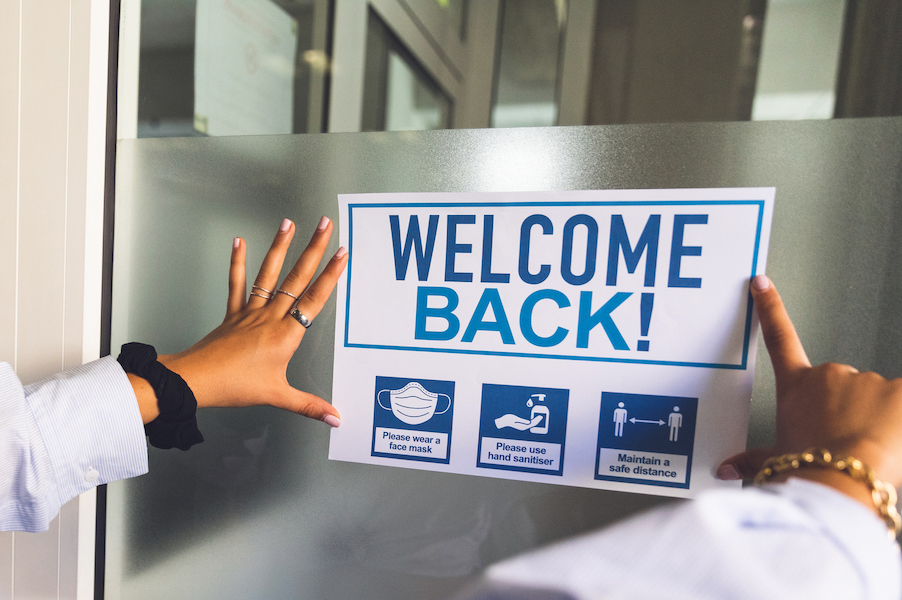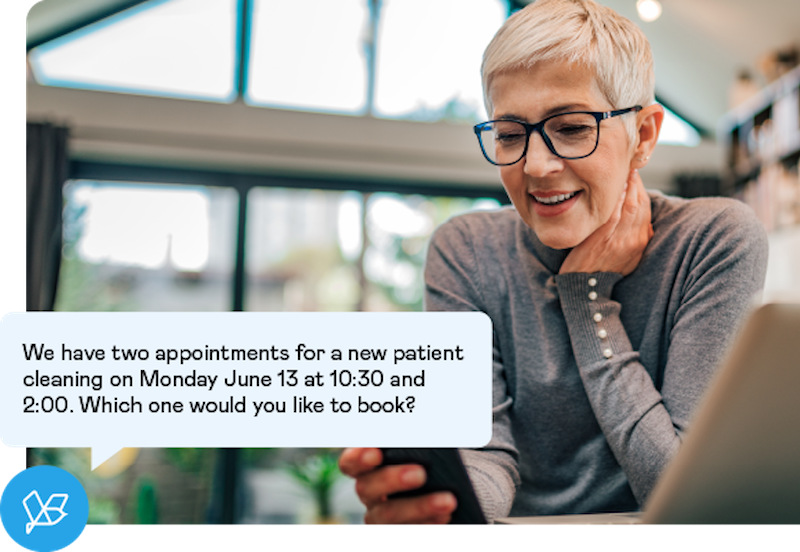In February 2020, Manal Chamseddine had the first appointment for a new dental crown at Midwestern Dental in Canton Township, Michigan. She paid her deductible, received a temporary crown and expected to be fitted for the permanent crown in two to three weeks. Before her next appointment (you know where this is going), the practice had to close due to pandemic lockdowns. Surprisingly, however, Midwestern Dental never contacted Chamseddine. When the practice was allowed to reopen a few months later, Midwestern had still not reached out to her. She later discovered that Midwestern had shut down operations for good without notifying patients, leaving her without a crown and wondering what to do. Fortunately, files from Midwestern were purchased by another local provider, but Chamseddine learned about this from Facebook, not from Midwestern Dental.
Dental Practice Disaster Preparedness
Dental practices, like all businesses, need to be prepared for unexpected events such as natural disasters, public health emergencies, chemical spills and power failures. These events can have a significant impact on a practice’s technology infrastructure, leaving them struggling to communicate with their patients. In such a scenario, an AI-powered patient communications platform can be a lifesaver.
If Midwestern Dental had been using an automated communications platform when they closed due to pandemic restrictions, their office manager could have done the following:
- Sent customized texts to their patients from day one and throughout the process, modifying the messaging as conditions evolved
- Configured a chatbot to keep patients updated when they visited the practice’s website
- Managed the communications in an online dashboard while working from home
- Collaborated with team members in the software from multiple remote locations
It’s unclear whether the pandemic caused the practice’s permanent closure, but if that was the case, the lack of patient communication could certainly have been a factor.
Now, let’s discuss in more detail how an AI-powered patient communications platform can help dental practices weather a natural disaster or any event that impacts operations.
Keep Patients Informed
First and foremost, an AI-powered patient communications platform can help practices stay in touch with their patients. During a natural disaster, patients need updates on the status of their appointments and/or lab work. An AI-powered platform can send automated messages to patients, keeping them informed of any delays or cancellations. For example, they could create specific messages for various treatments. What should a patient do if they miss their cleaning appointment? What should a patient with a temporary crown like Chamseddine do? What should implant patients do if the office is closed when they were scheduled to get the abutment affixed to the post? Personalized information helps to reduce patient frustration and maintains the practice’s reputation for good patient service.
Redirect Communications Operations
Secondly, an AI-powered patient communications platform can help practices redirect their patient communication operations. In the event of a natural disaster, a practice’s front desk may be inaccessible, and their staff may be unable to work from home due to connectivity issues. However, with an AI-powered platform, patient inquiries can be answered through automated chatbots, which are available 24/7. This not only ensures that patients receive prompt responses but also allows the practice to continue providing patient service despite the disaster.
Monitor Impact
Thirdly, an AI-powered patient communications platform can help practices gather critical information about their patients. During a natural disaster, it can be challenging to understand the impact on patients. AI-powered software can analyze patient inquiries and sentiment to understand the specific issues that patients are facing. This can help the practice develop targeted responses to address these concerns.
“Emergencies are mainly local in nature and can result from mudslides, earthquakes, fires, hurricanes, avalanche, floods and tornadoes or from non‑natural incidents involving transportation accidents, power failure, gas leaks, structural collapse, detonated bombs, chemical spills, radiation release from a nuclear power station or from bodily harm and trauma caused by workplace violence.” American Dental Association
Minimize Patient Attrition
Lastly, an AI-powered patient communications platform can help practices recover after a natural disaster. Once the disaster has passed, the platform can analyze patient data to identify trends and develop strategies to win back any patients who may have been lost during the event. Additionally, the platform can help the practice evaluate its performance during the disaster and identify areas for improvement in their disaster preparedness plan.
With the right preparation, dental practices can be prepared to respond effectively during a natural disaster. By leveraging these tools, dental practices can ensure that their patients will receive timely and accurate information during an emergency. Moreover, they can provide a reliable communication channel when other forms of communication are unavailable, helping to ensure that patients stay informed and reassured during an emergency. By investing in an AI-powered platform, dental practices can improve their communication infrastructure, ensure patient satisfaction, and maintain their reputation even during the most challenging times.
Book a demo of the dental patient communications platform with the most advanced Artificial Intelligence.
Key Findings
- The number of disasters has increased by a factor of five over the past 50-year period, driven in part by climate change and more extreme weather. World Meteorological Organization
- In 2022, there were 18 weather/climate disaster events with losses exceeding $1 billion each to affect the United States. (NOAA)
- Around 1 in 10 employer firms (12%) reported revenue losses related to a natural disaster in 2021. (Fed Small Business)
- The United States accounts for one third (38%) of global economic losses caused by weather, climate and water hazards. (World Meteorological Organization)
- Floods are the most common natural disaster in the U.S. (Ready.gov)
Sources
- https://www.hometownlife.com/story/news/2020/06/17/dental-office-closes-permanently-leaving-patients-hanging/3175977001/
- https://www.fedsmallbusiness.org/analysis/2022/the-impact-of-natural-disasters-on-small-businesses
